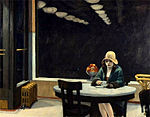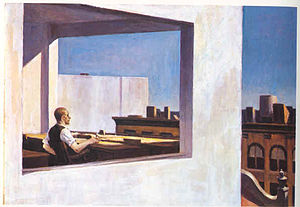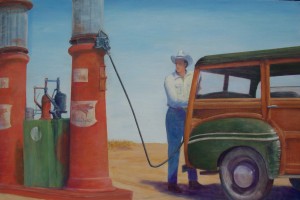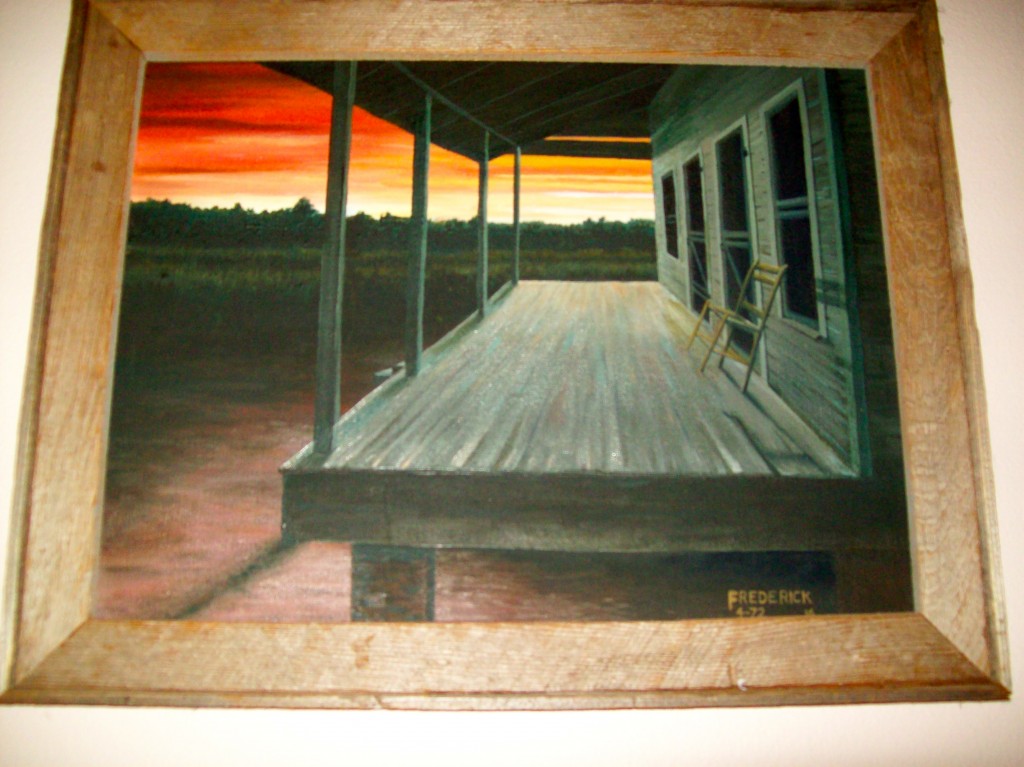Sometimes, creating mood in your painting is in the composition, and sometimes it is in the use of color. Sometimes, it works best when it is both. You can’t help but appreciate the alone and helpless feeling one senses in Andrew Wyeth’s famous painting, Christina’s World.

Is it the contrasting colors of Christina’s dress and the field that attracts us? Or is it the depicted distance between her and the buildings on the Olson farm? As a viewer, we know somehow she alone must reach the farmhouse and this creates an emotion of quiet desperation as we feel her plight.
Another artist famous for his use of a lone individual searching something we know not what but capable of creating an emotion from the viewer was Edward Harper, a realist painter.



But it doesn’t take a lone individual staring at something or concentrating upon something the viewer isn’t privy to that might concern the viewer that creates an emotion such as seen in Edward Hopper’s paintings, Automat and Office in a Small City, and R. D. Burton’s, Old Woodie.
Some artist have created tremendous emotions or moods with the absence of an individual as is shown in James Frederick’s painting, The Empty Chair. Does someone belong in the empty chair? Have they passed away? or they just no longer there? Will they be coming back?

